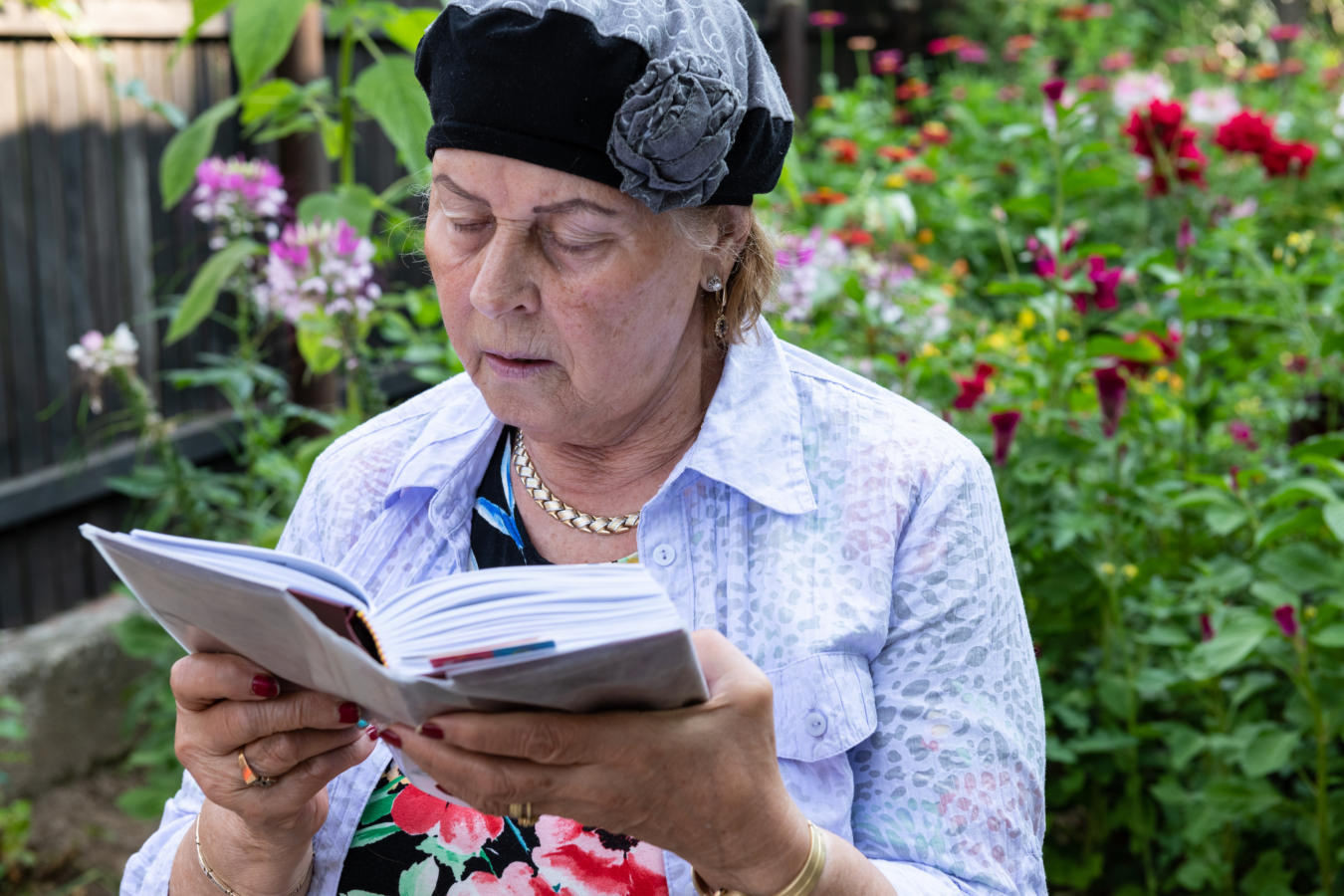For religious Jews, prayer is an obligation, fulfilled several times daily by reciting a prescribed liturgy containing praise of God, requests, and expressions of appreciation. The texts and practices of prayer, while broadly common to all Jewish communities, vary according to local customs, ethnic origins, and ideologies. The study of Jewish prayer thus affords insights into the history and anthropology of the Jews and an introduction to Jewish theology.
Themes and Theology
Jews pray for various reasons, categorizable as communication with God and communion with other Jews. As communication with God, Jewish prayer–in forms cast in antiquity and reshaped by succeeding generations–gives expression to the values and the needs of individuals and of the Jewish people. Jews give thanks to the Creator for the wonders of the universe, express loyalty to the One who imparts instruction (“Torah”) about bringing holiness into one’s life, and ask for the Redeemer to heal the wounds suffered by body and soul. As communion with other Jews, prayer gathers the community for collective introspection and instruction–and strengthens Jewish social bonds.
The Synagogue
This institution began as the Jewish community’s gathering-place, whose primary function was the public recitation of Scriptures. After the destruction of the Temple in Jerusalem in 70 CE, daily communal prayer soon became an established Jewish practice, and it too took place in the synagogue. The complexity of Jewish prayer and the expectation that prayer-leaders demonstrate musical training and improvisational ability led to the creation of a cadre of trained cantors, whose profession continues even now to enrich synagogue life.
Rabbis, on the other hand, were originally teachers of Torah independent of synagogue affiliation. Only in modern times, as the synagogue has developed into a voluntary membership association, have most practicing rabbis become employees of synagogues. Although synagogue buildings are equipped similarly worldwide, there is no independent tradition of synagogue architecture or interior design.
With your help, My Jewish Learning can provide endless opportunities for learning, connection and discovery.
Prayer, Music, and Liturgy
Certain key prayers are recited only in the presence of a quorum (minyan) of ten adults (in traditionalist communities, ten adult males). The musical traditions of Jewish prayer include a complex system of notation and performance of biblical passages, known as ta’amei hamikra (or in Yiddish, “trop”), rendered with different styles in different keys for Torah, Prophets, and various biblical “scrolls.” Another musical tradition is nusah, modes for various occasions that provide a basis for improvised renditions of the liturgy. Hebrew, the classical language of Jewish prayer, remains in use everywhere in varying degrees.
Prayer Apparel
The biblical requirement to set fringes in the corners of one’s garment is observed by many during prayer by donning a special prayer-shawl (tallit). Biblical passages calling for binding the memory of the Exodus as “a sign upon your hand and a symbol upon your forehead” are understood in rabbinic law as requiring Jews to wear tefillin–pairs of leather boxes containing those biblical selections, worn on the upper arm and forehead, with a leather strap bound on the forearm. In most congregations, all men–and some women–cover their heads in prayer.
Torah
Pronunced: TORE-uh, Origin: Hebrew, the Five Books of Moses.



